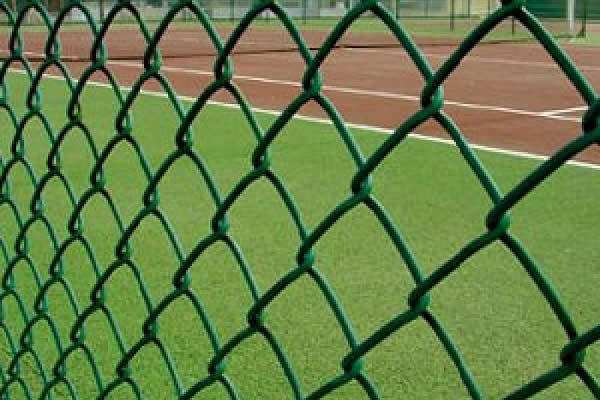 TEL:
+86-13102802206
TEL:
+86-13102802206
 Email:
fencenetting@china.com
Email:
fencenetting@china.com
 Language
Language
 TEL:
+86-13102802206
TEL:
+86-13102802206
 Email:
fencenetting@china.com
Email:
fencenetting@china.com
 Language
Language


Stretching Barbed Wire An Essential Guide
Barbed wire, a staple of agricultural and security fencing, plays a critical role in delineating boundaries and protecting livestock. One of the most essential aspects of installing and maintaining barbed wire fencing is the stretching process. Properly stretched barbed wire not only enhances its durability and effectiveness but also ensures the safety of animals and security of property.
Stretching Barbed Wire An Essential Guide
To stretch barbed wire effectively, it is important to follow a systematic approach. Begin by securing one end of the wire to a terminal post, usually set at the corners or ends of the fence line. This post will bear the tension of the wire, so ensure it is firmly anchored in the ground. Next, unroll the wire along the fence line, avoiding twirling or knotting, which can compromise its integrity.

Once the wire is extended to the next terminal post, you can begin the stretching process. The use of a wire stretcher tool is recommended for this task. This device grips the wire and allows you to apply considerable tension. When stretching, be careful to maintain uniform pressure and avoid over-stretching, which can lead to breakage or damage to the wire’s barbs.
As you stretch the wire, keep an eye on its alignment. It should be straight and level along the posts. Using a level can help in this process, ensuring that the barbed wire is not only taut but also visually appealing. Secure the wire to the posts using appropriate fasteners; these should be spaced adequately to prevent the wire from slipping.
Once the wire is stretched and secured, check for any sagging or loose areas. It’s crucial to perform this final check to ensure the integrity of the fence. After confirming everything is tight and in place, you can proceed to add additional strands, if required, or finish the installation process.
In conclusion, stretching barbed wire is a fundamental skill for anyone involved in fencing. The right approach not only enhances the performance of the fence but also ensures lasting durability and reliability. By investing time and effort into proper stretching techniques, you can create an effective barrier that meets both security and agricultural needs.